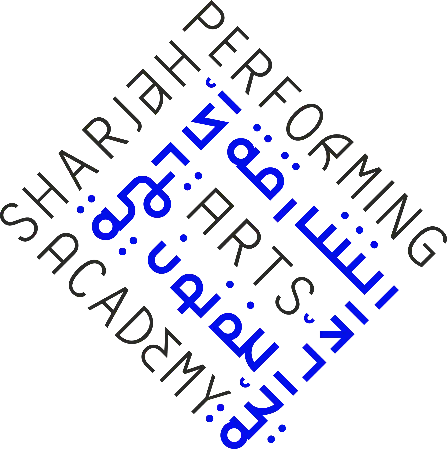Creating verbatim theatre from oral histories / Clare Summerskill.
Material type: TextSeries: Practicing oral history seriesPublisher: New York, NY : Routledge, 2021Description: 1 online resource (xvii, 202 pages)Content type:
TextSeries: Practicing oral history seriesPublisher: New York, NY : Routledge, 2021Description: 1 online resource (xvii, 202 pages)Content type: - text
- computer
- online resource
- 0429059779
- 0429593570
- 0429594860
- 0429596154
- 9780429059773
- 9780429593574
- 9780429594861
- 9780429596155
- 792.01/3 23
- PN2049 .S86 2021eb
| Item type | Current library | Collection | Call number | Status | Barcode | |
|---|---|---|---|---|---|---|
 Books
Books
|
SPAA Library General Collection | On Shelves | PN2049 .S86 2021eb (Browse shelf(Opens below)) | Available | 0007183 |
P.B
Includes bibliographical references and index.
Introduction -- Part 1: Overview -- 1. What is Verbatim Theatre? -- 2. Oral History and Verbatim Theatre: Similar but Different -- 3. Discussions within Oral History that Inform Verbatim Theatre Processes -- Part 2: Ethics and Verbatim Theatre -- 4. Ethical Considerations and Guidelines for Verbatim Theatre Processes -- 5. Ethical Considerations in the Creation of Plays from Interviews with Members of Marginalised Communities and Vulnerable Narrators -- Part 3: Creating a Play from Interviews: Step by Step -- 6. Getting Started -- 7. The Interview -- 8. After the Interview: Transcribing and Preparing for the Scripting Process -- 9. Sculpting your Play: From Transcript to Playscript -- 10. Scripting Options and Techniques -- 11. Beyond the Script -- 12. Rehearsal and Experience -- 13. Over to You, Now! -- Part 4: Examples of Work by Verbatim Theatre Playwrights and Companies -- 14. Examples of Plays Created from Interviews -- Checklist for Producing your Verbatim Play -- Appendices -- Appendix 1: Approaching your Narrator - Examples -- Appendix 2: Sample Consent Form for an Audio Recorded Interview -- Appendix 3: Scripting Exercise -- Appendix 4: Projected Production Expenditure -- Appendix 5: Glossary -- Appendix 6: Suggested Sources for Further Information on Verbatim Theatre, Documentary Theatre, and Oral History.
Offering a roadmap for practicing verbatim theatre (plays created from oral histories), this book outlines theatre processes through the lens of oral history and draws upon oral history scholarship to bring best practices from that discipline to theatre practitioners. This book opens with an overview of oral history and verbatim theatre, considering the ways in which existing oral history debates can inform verbatim theatre processes and highlights necessary ethical considerations within each field, which are especially prevalent when working with narrators from marginalised communities. It provides a step-by-step guide to creating plays from interviews and contains practical guidance for determining the scope of a theatre project: identifying narrators and conducting interviews, developing a script from excerpts of interview transcripts and outlining a variety of ways to create verbatim theatre productions. By bringing together this explicit discussion of oral history in relationship to theatre based on personal testimonies, the reader gains insight into each field and the close relationship between the two. Supported by international case studies that cover a wide range of working methods and productions, including The Laramie Project and Parramatta Girls, this is the perfect guide for oral historians producing dramatic representations of the material they have sourced through interviews, and for writers creating professional theatre productions, community projects or student plays.
Description based on online resource; title from digital title page (viewed on September 25, 2020).
There are no comments on this title.


